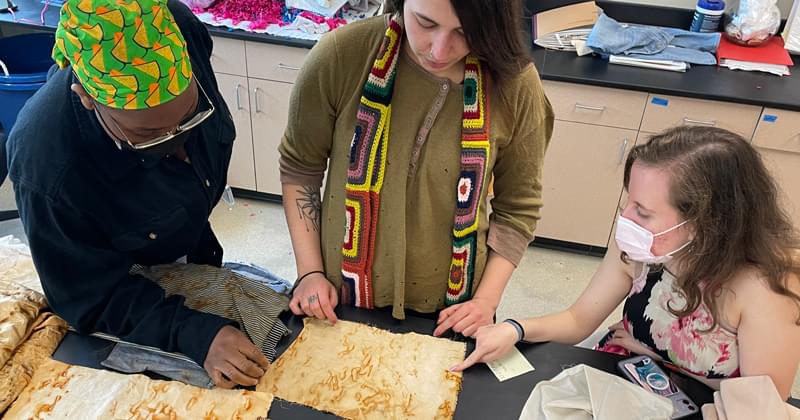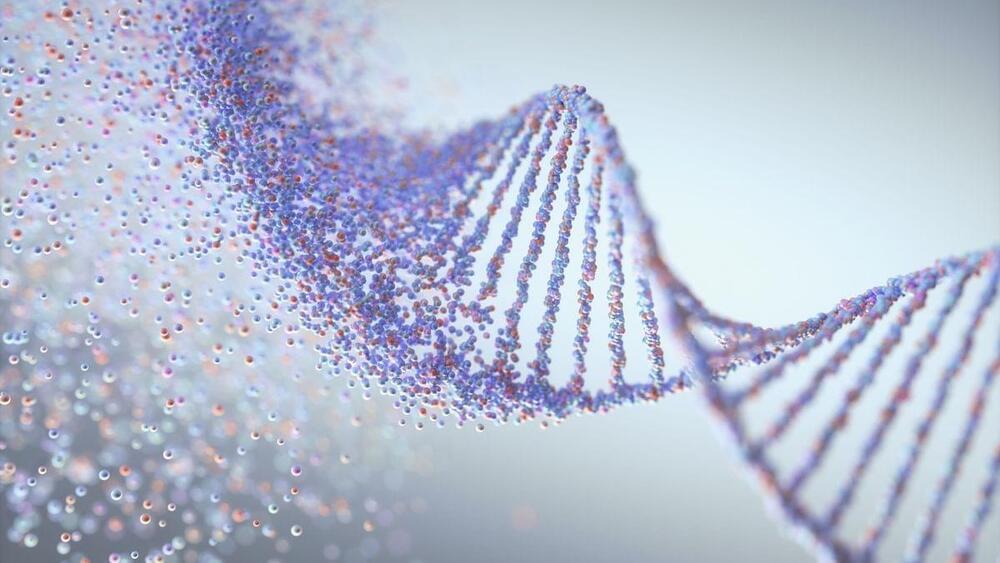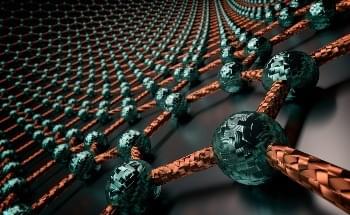Nov 26, 2024
Inside the Laboratory for Extraordinary Microbes
Posted by Logan Thrasher Collins in categories: biotech/medical, genetics
An exciting Focused Research Organization (FRO): is systematically developing tools for working with non-model microorganisms.
As we walked, Lee told me that’s efforts to make “extraordinary” organisms accessible almost always follow the same basic steps. First, the team orders a microbe from ATCC, a non-profit group that has been storing and mailing microbes to researchers since 1925. The ATCC catalog includes more than 14,000 bacterial strains, the vast majority of which gather dust and are rarely ordered by researchers.
After receiving a microbe in the mail, sequences it. Mutations can creep into strains over time, and even a seemingly minor alteration—a single base swapped here or there—can change how cells grow and respond to their environment.
Continue reading “Inside the Laboratory for Extraordinary Microbes” »
















